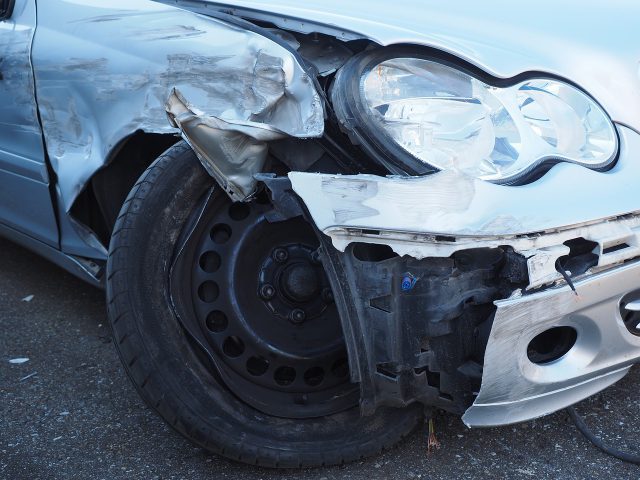Every taxi business is different which is why an insurance broker can help drivers find the right taxi insurance for their specific needs.
Buying a taxi is a huge investment, so having the right insurance in place is vital to protect the driver in the event of a claim and to get the vehicle back on the road after an accident.
Whether it is a black cab or private hire vehicle, it is the most important tool of the driver’s trade and they can’t work without it. If it is being repaired after a crash, not only might they have to pay expensive repair bills, they are also unable to earn money while their taxi is off the road.
Because taxis spend more time on the road than non-professional drivers, they are considered higher risk by insurers and the premiums can be more expensive than those for domestic use. It is understandable that drivers will look to save money on their taxi insurance premiums, but it is worth remembering that you get what you pay for.
Third-party taxi insurance is the minimum standard required by law to protect others involved in a collision when the driver is at fault. If this cheaper level of cover is chosen, passengers and any other parties involved can claim damages from the insurer, but the driver will have to foot the bill for their own repairs and expenses if they are at fault.
If they were not at fault, a taxi driver who takes out third-party insurance only can still claim on the other driver’s insurance.
The top level of cover is fully comprehensive, which means the driver’s vehicle is also covered by the policy, as well as any third parties.
While a fully comprehensive policy is more expensive, it covers taxi drivers for everyday eventualities such as windscreen damage, which are not covered by a third-party-only policy.
The level of insurance, as well as a driver’s record and experience are taken into account when calculating taxi insurance premiums. The type of work they do will also make a difference to their premiums, as well as when and where they operate. Policies can be cheaper for drivers who work in suburban or rural areas during the day compared to a driver operating in a city centre at night, but each individual’s circumstances are also taken into account.
Insurers look at the type of vehicle being proposed, as well as its value, as the driver applies for public hire insurance or private hire insurance, depending on the type of work they will be doing.
For newer vehicles, of higher value, it is worth taking out fully comprehensive insurance to protect a taxi driver’s investment. Although these would cost more to replace, they are more reliable and there are fewer issues obtaining parts for repairs.
For drivers of older vehicles that still meet taxi licensing requirements, third party, fire and theft cover could make it a better option for them. In the event of damage to their vehicle, they can choose to pay for repairs themselves, or replace the vehicle if it is not cost effective.
Taxi drivers should choose the best cover they can afford. In the event of a claim involving major damage or even a vehicle being written off, it is their insurance the driver will turn to in order to get them back on the road as quickly as possible.
The key is finding the right taxi insurance for your business, not necessarily the cheapest.



